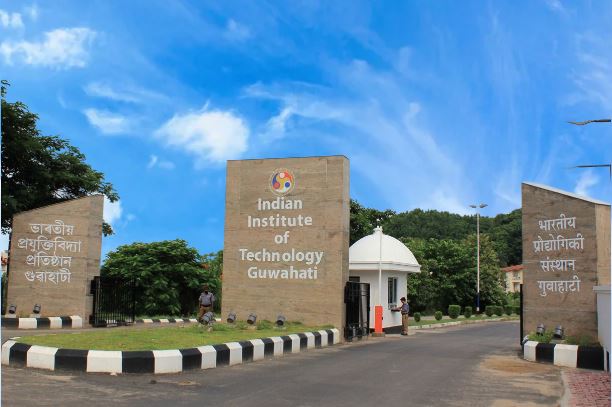LOQU: IIT-G’s Groundbreaking Speech Tech for the Speechless
Researchers at the Indian Institute of Technology Guwahati (IIT-G) have achieved breakthrough in speech technology by developing and patenting “LOQU,” a novel method to generate human speech signals directly from vocal cord vibration signals. This innovative approach allows for the reconstruction of speech signals from vocal cord vibrations, offering promising applications for speech-impaired individuals and medical settings.
Speech Production and Vocal Fold Vibration
- Speech production begins with airflow from the lungs through the windpipe, facilitated by the larynx or voice box.
- Inside the larynx, vocal cords or vocal folds are regulated by the glottis, controlling airflow between the lungs and mouth.
- During speech, vocal folds vibrate due to intrinsic laryngeal muscle movement, creating sounds that travel through the vocal tract and form “voice.”
About LOQU Technology
- Under the guidance of Prof. Samarendra Dandapat and Dr. L.N. Sharma, the IIT-G team created “LOQU” (derived from the Latin word for “To speak or talk”).
- LOQU technology captures vocal fold movement without invasive procedures, utilizing sensors placed over the throat.
- The method involves capturing vocal fold vibrations using non-invasive sensors and processing these signals electronically to generate speech harmonics.
Reconstructed Speech Signals and Potential Applications
The reconstructed speech signals using LOQU have been found to be clear and comparable to traditional speech in extensive comparison tests. These results hold significant potential for individuals struggling with speech impairments, offering a viable alternative to traditional microphones and enhancing speech clarity. The breakthrough technology aims to empower those in need and drive impactful innovations in the medical and communication domains.
Prototype and Patented Technology
The prototype of LOQU has been developed on a laboratory scale at a cost of under Rs. 2,000. The technology has been patented (Indian Patent No.: 510923, Grant Date: 15/02/2024, App No. 201831006870). Ongoing clinical testing aims to further validate its effectiveness and explore diverse applications in medical and communication fields.
Additional Facts:
Speech impairments can result from various conditions, such as mutism from apraxia, where individuals may have normal vocal fold vibration without sound production due to coordination issues in tongue or throat muscles. Traditional speech reconstruction methods often involve invasive procedures or the use of external microphones, which may not be suitable for all individuals with speech impairments.
Month: Current Affairs - May, 2024
Category: Science & Technology Current Affairs






